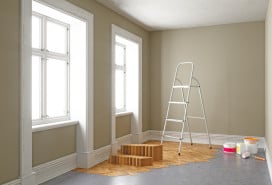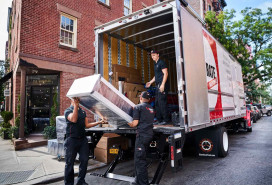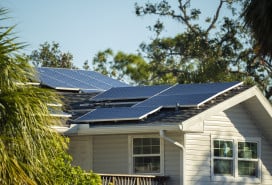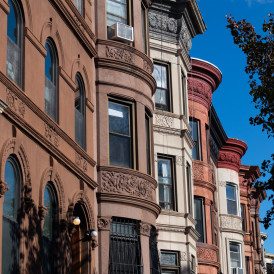Simple Yet Powerful Steps To Turn Your Apartment Eco-Friendly
- Going green doesn’t require drastic changes—small steps can make a big difference
- Simple actions like using solar, saving water, and growing plants help cut your carbon footprint

iStock Photos
Environmental concerns are becoming a growing challenge, and sustainability is becoming no longer an option but a necessity. Opting to go green is becoming more than just an option; it is a deliberate attempt to lead a happy, healthy, and fulfilling future. In fact, in recent years, the number of people opting for sustainable choices has significantly increased.
This indicates that it's more than just a trend but a conscious choice people are making for a better tomorrow. At the same time, it can seem complicated to decide what you can do as an individual to lower your carbon footprint. Rightly so, since whenever people think of sustainability, they often think of making drastic lifestyle changes, depriving them of the comfort and convenience they are used to.
But things are different in reality, and if you are wondering how you can make the switch, here are some simple and effective ways you can achieve this:
Go Solar
Solar power systems are not something new. They are an excellent way to minimize your utility bills while staying sustainable. Besides, the solar power system (including solar generators and panels) will ensure every appliance in your household can conveniently run at full power throughout the year.
There are numerous rebates and incentives available for households, allowing them to opt for the best solar power solutions. Aside from adding the freedom to use electricity without worrying about utility bills, these systems increase the value of your home.
Add More Plants
Indoor plants do more than merely add to the aesthetics of your living space. They actively reduce the presence of carbon dioxide in the atmosphere, improve air quality, and filter toxins in your surroundings. You can start by adding a few low-maintenance plants to your collection. Once you are certain that managing plants is something you can actively do, consider creating a plan to start your own at-home garden and compost where you can grow herbs, vegetables, and fruits.
It will give you more control over the produce you are growing, promoting healthy eating. Most farms use heavy pesticides and wastewater and pluck the produce before they are ripe. With your garden, you can reduce excess waste of resources and engage in ethical practices to increase air and product quality.
Conserve Water at Home
An average family wastes 180 gallons of water per week due to leaks or keeping the tap running even if the needs have been fulfilled. This results in extreme water wastage, threatening the availability of usable water.
Thankfully, conserving water at home can be easily managed by fixing leaky faucets, taking a shower instead of an elaborate bath, and using appliances like washing machines and dishwashers only when full. Opting for native plants instead of exotic plants can also help conserve water. Collecting and harvesting rainwater for outdoor uses is also a great option if you have a garden in your backyard.
Monitoring and Management
Monitoring your energy consumption patterns is essential to finding places to save. There are ample devices you can install to understand and control your energy expenditure. The smart devices can be connected to the existing network of appliances, and through an app, you can track times when the appliances are drawing the most energy.
With such data-backed information, you can decide whether to change your appliances or opt for alternative energy sources like solar energy. You can also consider using automated systems to control lighting, heating, and cooling so that whenever there’s a need for optimization, you know where to start.
Energy Efficiency at Home
You can take several steps to lower utility bills without compromising on the extent of appliances you use. One is to install energy-efficient appliances like LED bulbs, programmable thermostats, and energy monitoring systems. Other simple ways to achieve higher energy efficiency are to seal drafts and gaps in windows and doors to avoid air leaks. Aside from this, you should also encourage habits like switching off appliances when not in use.
The Bottom Line
Switching to a sustainable lifestyle can start with changing your habits and installing energy-efficient appliances in your home. With these changes, you can save on your utility bills while enhancing your living standards. While there can be initial challenges in embracing a conscious lifestyle, over time, you will actively contribute to making tomorrow greener and better.























